In the pre-1945 critical realist literature and journalism, the outstanding work of writer To Hoai is The Adventures of a Cricket (1941). Although written for children, The Adventures of a Cricket is imbued with social metaphors. Through the image of the arrogant, selfish Cricket and his journey to adulthood, To Hoai criticized arrogance and authoritarianism and encouraged the spirit of humanity and dedication to the community. In addition, he also wrote short stories, memoirs, and sketches published in newspapers such as Trung Bac Sunday, Hanoi Newspaper, and Pho Thong Semi-Monthly ... reflecting the miserable lives of the poor in the suburban areas, especially those working in handicrafts, small businesses, orphans, and oppressed workers. In this critical realist literature and journalism, To Hoai realistically portrayed the lives of the lower classes of society, but without being too pathetic; his characters often had the will to rise up and were imbued with humanity.
After the August Revolution of 1945, To Hoai turned to writing revolutionary literature, literature serving the resistance, but still maintained the vivid realism. His typical work, Vo Chong A Phu (1952), reflected the brutal oppression of the feudal regime in the mountains and the journey to awaken the spirit of resistance of ethnic minorities. In addition, he was also a famous travel writer, such as the collection Tay Bac (1953), Mien Tay... recording real trips with profound and honest views. A special feature of To Hoai's writing style is that he did not repeat the dry propaganda motif but always used a vivid, sharp writing style, described the characters' psychology delicately, and depicted changes in social awareness.
Writer To Hoai
Photo: Document
In the field of journalism, from a very early age, To Hoai was a sharp writer of memoirs and short stories. He worked as an editor and editor-in-chief for many major newspapers such as: Cuu Quoc , Van Nghe , Tac Pham Moi Magazine ... He used journalism as a means to reflect, fight, educate and enlighten the people. His journalistic style was simple, easy to understand, profound, full of everyday colors but not lacking in philosophy. To Hoai wrote from real life with deep observation, he always wrote about what he had lived, witnessed, and felt. Whether writing for newspapers or writing, he always took reality as the basis, this helped his works live long and truly. To Hoai's writing style was everyday but refined language, he once said: "Literature is about eating, living, walking, speaking, and behaving of people".
To Hoai did not write to condemn people, but to evoke sympathy and awaken consciousness. The way he described characters, especially women like Mi in A Phu's Wife , moved readers, not made them despair. To Hoai worked as a journalist with the responsibility of a citizen. For him, a journalist is not only a news reporter but also an educator, an inspirer, and a changer of social awareness. The human qualities in To Hoai's works are always a bright spot, expressed through a sympathetic and respectful view of people, especially the small, ordinary people in society. The two outstanding memoirs Chieu chieu and Cat bui chan ai are vivid proof of that humanistic depth.
The work Chieu chieu by To Hoai in nostalgia and contemplation is like a picture of emotional memories, written about youth, about the years of living, traveling, and observing life with love for the poor, small people. For him, memories are not only personal memories but also a part of the soul of history, of national culture in a respectful view of memories and the past. Without sadness, he tells the story in a quiet, gentle voice like an afternoon falling on a person's life with humanity emanating from that calmness after gentle contemplations about life.
In “The Dust of One’s Feet ”, the pages about friends and colleagues during the resistance war stand out, with a sincere and profound tone. The pages about Van Cao, Nguyen Huy Tuong, Tran Dan… are not meant to glorify anyone, but to evoke understanding of the fate of artists and writers in historical upheavals.
To Hoai is a typical writer and journalist of the 20th century in Vietnam. From before to after the August Revolution, he always maintained the spirit of realism, humanity, innovation, and left valuable lessons about writing and life. Comparing To Hoai's journalistic and literary style with that of critical realist writers before 1945 (such as Nam Cao, Ngo Tat To, Vu Trong Phung, Nguyen Cong Hoan...), we will see that To Hoai has both the common features of critical realist literature and a very unique style, tending towards soft observation, imbued with folk and everyday humanism. ( continued )
Writer To Hoai (1920 - 2014) was born Nguyen Sen, hometown Kim Bai, Thanh Oai District, Hanoi, founding member of the Vietnam Writers' Association since 1957. From 1945 - 1952 he was a reporter for the Cuu Quoc newspaper (Viet Minh General Department), worked at the Vietnam Literature and Arts Association, the Vietnam Writers' Association, and the Hanoi Literature and Arts Association. He graduated from Nguyen Ai Quoc School, class of 1960 - 1962; served as General Secretary, Secretary of the Party Committee of the Vietnam Writers' Association, President of the Hanoi Literature and Arts Association, and Honorary President of the Hanoi Literature and Arts Association.
Writer To Hoai was awarded the following literary awards: First Prize for novels by the Vietnam Literature and Arts Association in 1956 ( Northwest Stories ); First Prize by the Hanoi Literature and Arts Association in 1967 (novel Homeland ); Lotus Award by the Asia-Africa Writers Association in 1970 (novel Western Region ); Thang Long Award by the Hanoi People's Committee in 1980 (memoir collection Old Stories of Hanoi ); Ho Chi Minh Prize for Literature and Arts, first round, 1996.
Source: https://thanhnien.vn/nha-van-to-hoai-lam-bao-voi-tinh-than-hien-thuc-va-nhan-van-185250619234204844.htm


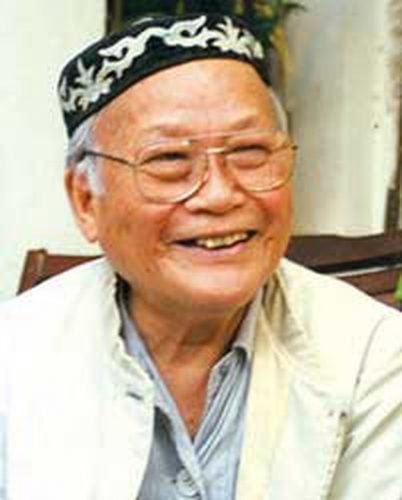



![[Photo] Cutting hills to make way for people to travel on route 14E that suffered landslides](https://vphoto.vietnam.vn/thumb/1200x675/vietnam/resource/IMAGE/2025/11/08/1762599969318_ndo_br_thiet-ke-chua-co-ten-2025-11-08t154639923-png.webp)


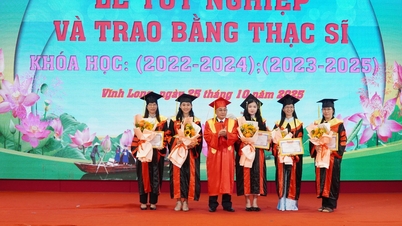




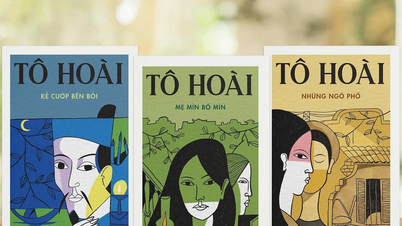


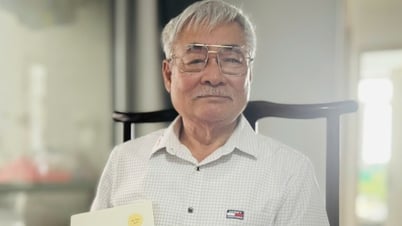
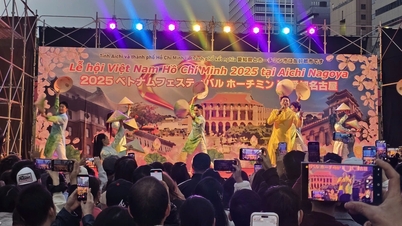
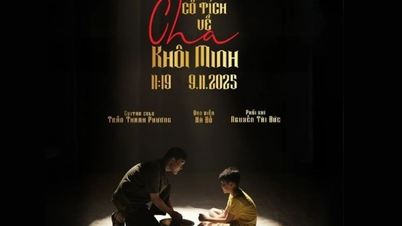



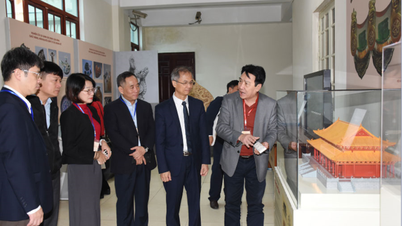
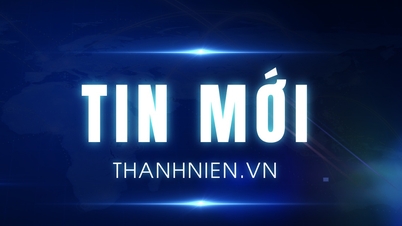
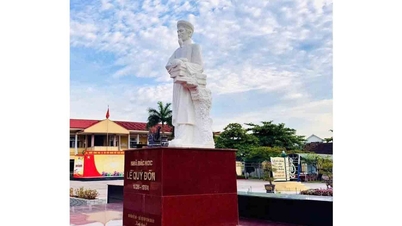


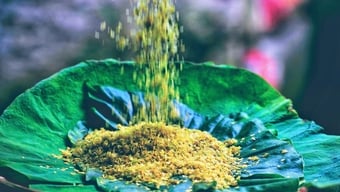






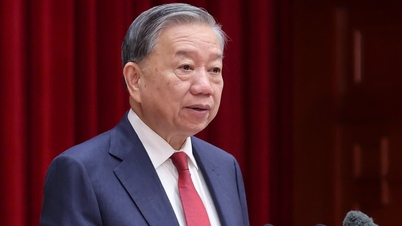









![[Video] Hue Monuments reopen to welcome visitors](https://vphoto.vietnam.vn/thumb/402x226/vietnam/resource/IMAGE/2025/11/05/1762301089171_dung01-05-43-09still013-jpg.webp)

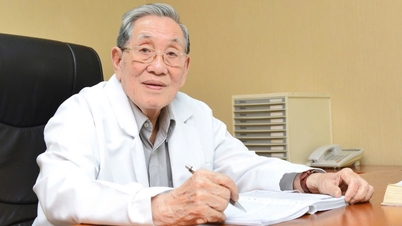










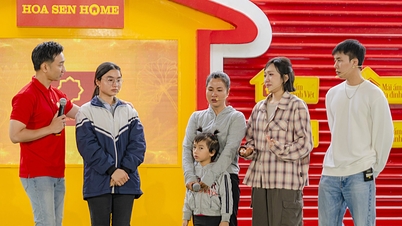









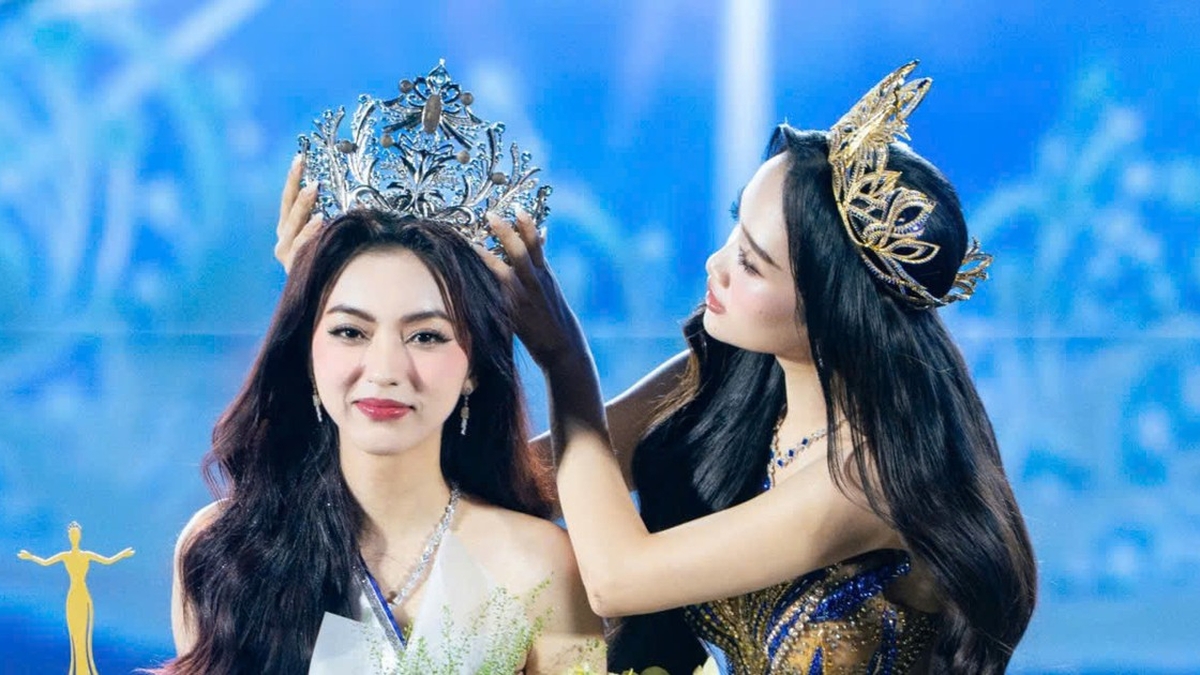



















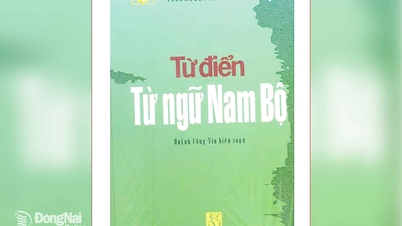

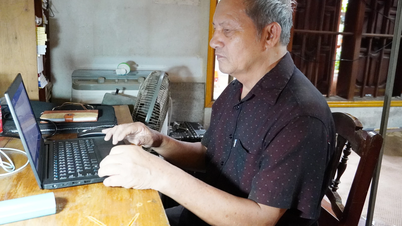

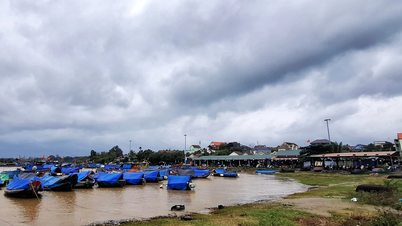


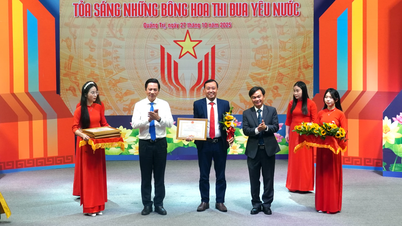











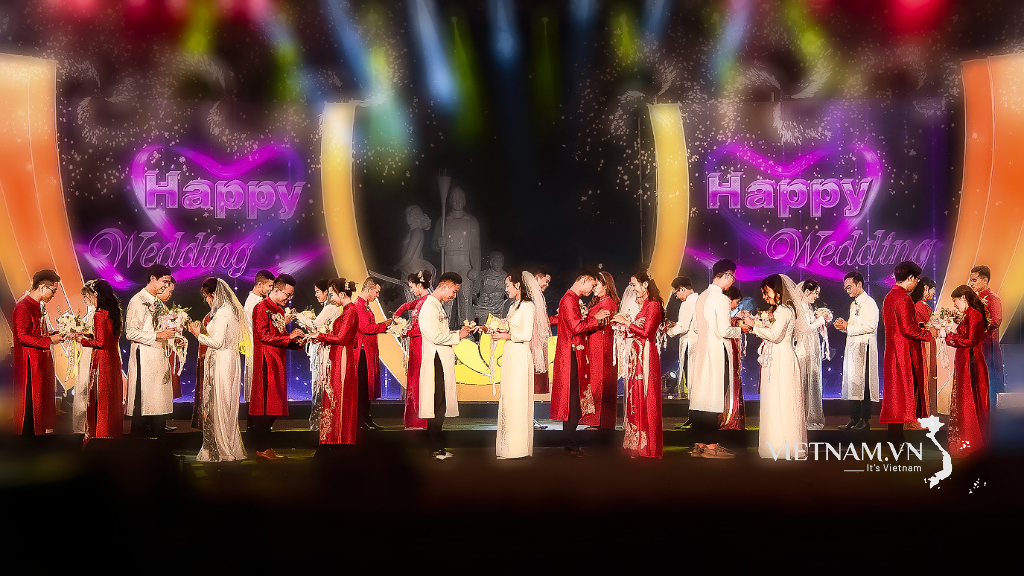



Comment (0)